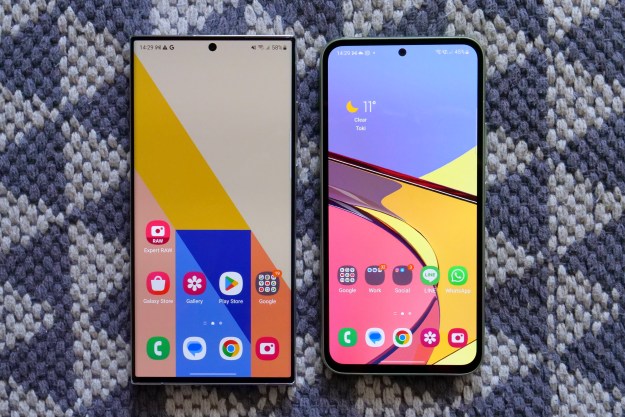
Vassilis Kostakos and colleagues at the University of Oulu in Finland accomplished this by encoding data in a varying magnetic field. This allowed the team to transmit data from the team’s electromagnet to the test device, which, as shown in the video below, is a Galaxy Nexus. As such, anything from a Web address to a MIDI music sequence could be transmitted using magnetism.
Looking at broader use, this would allow a small electromagnet to be embedded in street posters. This could enable new types of interactivity, since the advertiser would have the ability to continually change the URL, giving posters added flexibility that printed QR codes don’t allow for. “This is a live dynamic channel where information can be broadcast in real time,” said Kostakos to New Scientist.
Unfortunately, the team has only managed a transfer rate of 40 bits per second so far, with a working range of two centimeters. Still, the team suggests that magnetism could prove to be more secure than NFC transactions by having a handset exchange nothing unless it is two centimeters away from the payment terminal. In comparison, NFC transactions use data released from phones when they are 20 centimeters away.
Editors' Recommendations
- How to use Circle to Search on your Android phone
- Samsung may have a big surprise in store with its next folding phone
- How to track an Android phone (or other device)
- I used Samsung’s next big smartphone update. Here’s why I love it
- Your next iPhone may have no bezels. Here’s why that could be a problem


